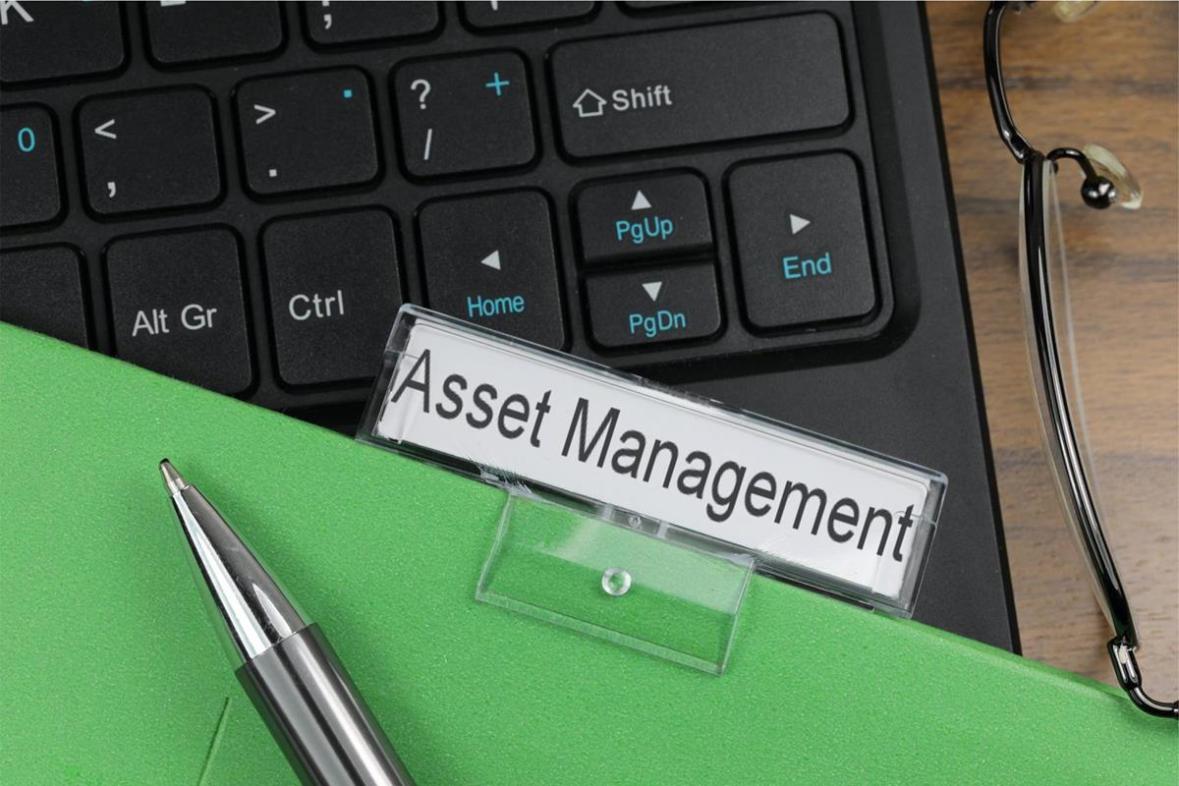What Are the Latest Trends and Innovations in IT Asset Management and How Can I Leverage Them?
In the ever-evolving landscape of modern organizations, IT Asset Management (ITAM) has emerged as a critical discipline, enabling businesses to optimize their IT resources, ensure compliance, and maximize the value of their technology investments. Staying abreast of the latest trends and innovations in ITAM is essential for organizations to remain competitive and agile in today's digital world.

I. Current Trends In IT Asset Management:
1. Cloud Asset Management:
The widespread adoption of cloud computing has significantly impacted ITAM. Managing cloud assets presents unique challenges, including visibility, cost optimization, and security. Organizations must adopt best practices for cloud asset management, such as implementing cloud-native tools, optimizing cloud resource utilization, and establishing clear governance policies.
2. Software Asset Management (SAM):
SAM plays a vital role in optimizing software usage, ensuring compliance, and reducing software costs. The latest trends in SAM include the adoption of usage analytics, license optimization tools, and cloud-based SAM solutions. These innovations enable organizations to gain deep insights into software usage patterns, optimize license utilization, and ensure compliance with software licensing agreements.
3. IT Asset Lifecycle Management (ITALM):

ITALM is a comprehensive approach to managing IT assets throughout their entire lifecycle, from acquisition to disposal. It involves planning, tracking, and optimizing the utilization of IT assets to maximize their value. Key stages of ITALM include asset acquisition, deployment, maintenance, and retirement. Implementing ITALM enables organizations to extend the lifespan of IT assets, improve asset utilization, and reduce IT costs.
II. Innovations In IT Asset Management:
1. Artificial Intelligence (AI) And Machine Learning (ML):
AI and ML are transforming ITAM processes by automating tasks, improving decision-making, and enhancing asset visibility. AI-powered tools can discover and classify IT assets, optimize asset utilization, and predict asset failures. ML algorithms can analyze historical data to identify usage patterns, optimize software license allocation, and detect security vulnerabilities.
2. Blockchain Technology:

Blockchain, known for its secure and tamper-proof nature, has potential applications in ITAM. Blockchain can be used to create a secure and transparent record of IT asset transactions, track asset ownership and usage, and facilitate secure asset transfers. Additionally, blockchain can be leveraged to automate compliance reporting and ensure the integrity of IT asset data.
3. Internet Of Things (IoT) And Edge Computing:
The integration of IoT devices and edge computing in ITAM enables real-time asset monitoring and predictive maintenance. IoT sensors can collect data on asset performance, usage patterns, and environmental conditions. This data can be processed at the edge using edge computing devices, enabling organizations to identify potential issues, optimize asset performance, and prevent downtime.
III. Leveraging The Latest Trends And Innovations:
1. Building A Strong ITAM Foundation:
Before implementing new trends and innovations, organizations must establish a solid ITAM foundation. This involves creating an effective ITAM strategy, conducting a comprehensive IT asset inventory, and implementing robust ITAM processes. A strong ITAM foundation ensures that organizations have the necessary visibility, control, and governance over their IT assets.
2. Selecting The Right Tools And Technologies:
Choosing the appropriate ITAM tools and technologies is crucial for successful implementation of the latest trends and innovations. Organizations should evaluate tools based on their specific requirements, considering factors such as scalability, integration capabilities, and user-friendliness. It is essential to select tools that align with the organization's ITAM strategy and provide the necessary functionality to achieve desired outcomes.
3. Implementing Best Practices:
Adopting industry best practices is essential for effective implementation of the latest ITAM trends and innovations. Organizations should establish clear ITAM policies and procedures, ensure regular IT asset audits, and continuously monitor and optimize IT asset utilization. Sharing best practices and lessons learned with industry peers can also contribute to the overall success of ITAM initiatives.
Staying updated with the latest trends and innovations in IT Asset Management is critical for organizations to optimize their IT resources, ensure compliance, and maximize the value of their technology investments. By leveraging these advancements, organizations can gain deeper insights into their IT assets, automate ITAM processes, improve decision-making, and enhance security. Embracing the latest trends and innovations in ITAM enables organizations to transform their IT asset management practices, drive digital transformation, and achieve greater agility and competitiveness in the modern business landscape.
YesNo

Leave a Reply